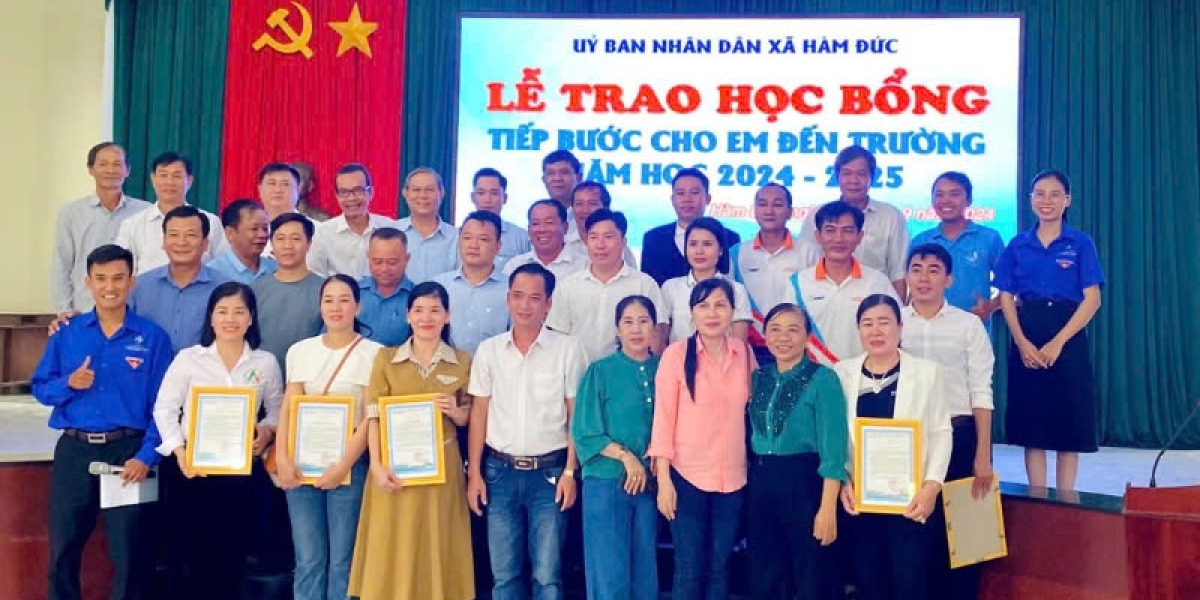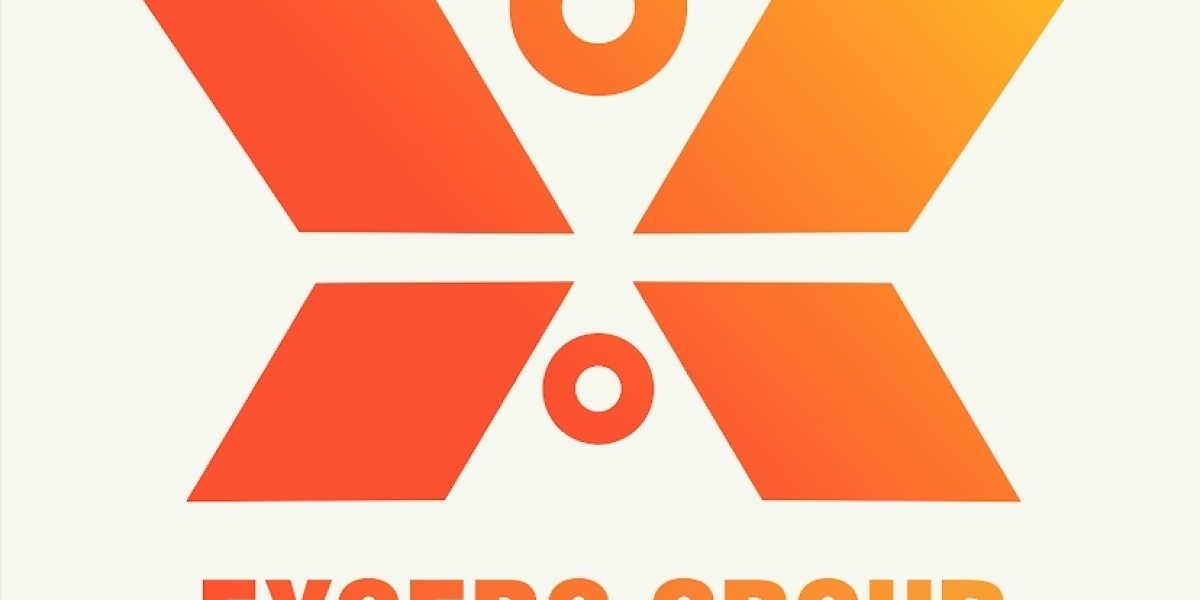The global formaldehyde market stood at a volume of approximately 22,780 KT in 2023 and is projected to grow at a CAGR of 3.40% between 2025 and 2034, reaching around 30,510 KT by 2032. Similarly, the xylene market is witnessing substantial growth, driven by its key role in plastics, coatings, adhesives, and the petrochemical industry. As industries push for sustainable production methods and high-performance materials, xylene remains a crucial raw material for manufacturing polyethylene terephthalate (PET), solvents, and industrial chemicals.
Understanding Xylene
What is Xylene?
Xylene is a volatile, colorless hydrocarbon obtained from crude oil refining and coal carbonization. It consists of three isomers:
- Para-xylene (p-xylene) – primarily used in PET and polyester fiber production.
- Ortho-xylene (o-xylene) – used in plasticizers, coatings, and phthalic anhydride production.
- Meta-xylene (m-xylene) – used in herbicides and specialty chemicals.
Get a Free Sample Report with Table of Contents@ https://www.expertmarketresearch.com/industry-statistics/xylene-market/requestsample
Key Applications of Xylene
- PET and Polyester Production: Used in packaging, textiles, and beverage containers.
- Solvents and Coatings: Essential in paint thinners, varnishes, and adhesives.
- Automotive and Aviation Fuels: Functions as a blending component in gasoline.
- Pharmaceutical and Chemical Synthesis: Used as a solvent in drug formulation and manufacturing.
- Adhesives and Sealants: Provides high-performance bonding solutions in construction and manufacturing.
Market Trends and Growth Drivers
1. Increasing Demand for PET and Polyester Fibers
- Xylene-derived paraxylene is a key raw material for PET resin production.
- Growing demand for sustainable and recyclable PET packaging solutions.
- Expansion in textile and apparel manufacturing boosting polyester fiber consumption.
2. Growth in Paints, Coatings, and Industrial Solvents
- Xylene-based solvents enhance paint durability and chemical resistance.
- Rising construction and infrastructure projects fueling demand.
- Adoption of low-VOC (volatile organic compound) coatings due to environmental regulations.
3. Advancements in Bio-Based and Sustainable Xylene
- Bio-xylene from biomass and waste recycling gaining traction.
- Chemical recycling initiatives promoting sustainable PET and xylene derivatives.
- Investment in low-carbon xylene production technologies to reduce environmental impact.
4. Innovations in Xylene Manufacturing Processes
- Catalytic reforming and metathesis advancements improving efficiency.
- Development of high-purity xylene for specialty applications.
- Increased adoption of integrated petrochemical complexes to optimize yield.
5. Regulatory and Environmental Compliance
- Stricter environmental regulations on VOC emissions affecting production.
- Policies promoting the recycling of PET packaging.
- Government incentives for green and bio-based xylene alternatives.
Challenges in the Xylene Market
1. Volatility in Crude Oil Prices
- Xylene production is closely linked to oil refining and petrochemical feedstocks.
- Price fluctuations impact production costs and supply chain stability.
- Research into alternative feedstocks for xylene synthesis is increasing.
2. Environmental and Health Concerns
- Xylene exposure is linked to health hazards, requiring strict handling regulations.
- Regulatory scrutiny on emissions and industrial waste disposal.
- Development of safer alternatives and process improvements is necessary.
3. Competition from Alternative Chemicals
- Toluene and benzene-based solvents competing with xylene in industrial applications.
- Growth of biodegradable polymers and alternative resins impacting PET demand.
- Emerging bio-based and synthetic solvent solutions challenging xylene’s market share.
Future Outlook and Market Projections
Global Market Forecast (2024-2032)
The xylene market is expected to grow at a CAGR of 4.9% from 2024 to 2032, driven by:
- Expanding PET and polyester production for packaging and textiles.
- Technological advancements in sustainable xylene manufacturing.
- Rising demand for solvents, adhesives, and high-performance coatings.
Regional Insights
- Asia-Pacific: The largest and fastest-growing market, led by China, India, and Japan, driven by demand in PET, textiles, and chemicals.
- North America: Growing adoption of sustainable xylene-based solvents and adhesives.
- Europe: Emphasis on bio-based xylene production and regulatory compliance.
- Middle East & Latin America: Increasing petrochemical infrastructure and xylene exports.
Key Industry Players
Leading companies shaping the xylene market include:
- ExxonMobil Corporation
- Reliance Industries Limited
- China National Petroleum Corporation (CNPC)
- BASF SE
- Saudi Aramco
- Chevron Phillips Chemical
- BP PLC
Conclusion
The xylene market is expanding, driven by rising demand in PET production, paints, adhesives, and solvents. While challenges such as oil price volatility and environmental concerns persist, technological advancements, sustainability initiatives, and increasing regulatory compliance are shaping the industry’s future.
Companies investing in bio-based xylene, advanced catalytic processes, and chemical recycling will remain competitive. As industries transition toward sustainable and high-performance materials, xylene remains a fundamental component in modern manufacturing and industrial applications.








